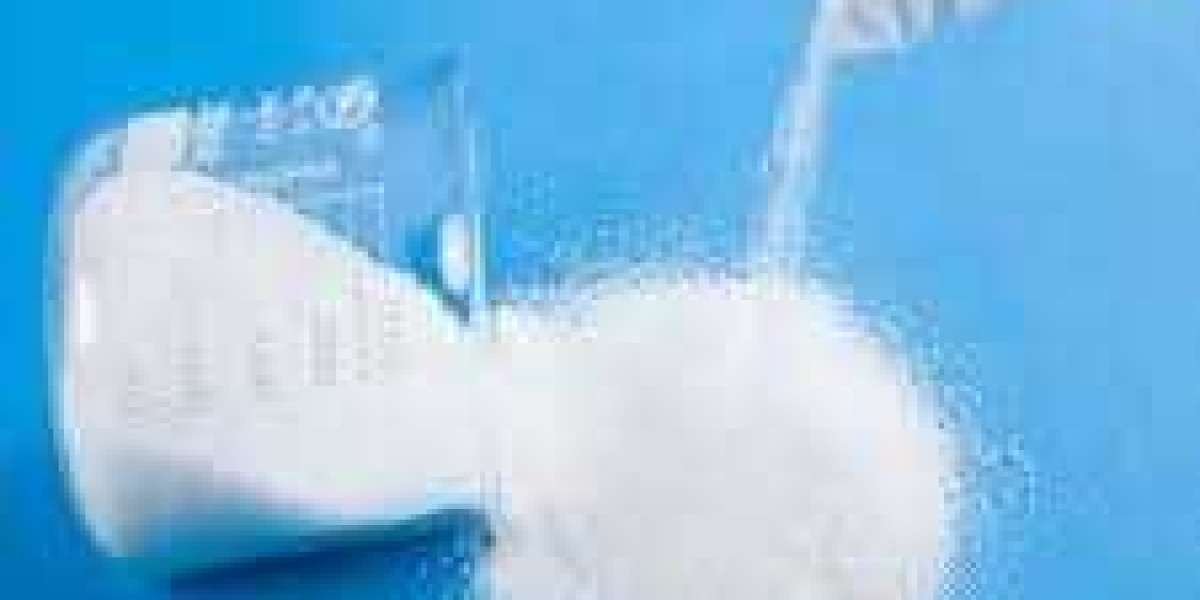Fracturing Fluid Chemical design has evolved rapidly as the industry shifts toward more sustainable water usage practices. One of the most pressing challenges today is determining whether these chemicals can maintain their effectiveness when mixed with recycled or reused water from previous hydraulic fracturing operations.
Recycled water, often referred to as flowback or produced water, carries a complex mixture of residual additives, salts, dissolved solids, heavy metals, and hydrocarbons. When this water is reused in new fracturing stages, the introduction of fresh chemicals into an unpredictable fluid environment can lead to unexpected reactions. The most common problems include reduced viscosity, loss of friction reduction, polymer degradation, and even the formation of scale or sludge.
Chemical interactions in these scenarios are difficult to control, especially when traditional formulations are used. For example, gelling agents or breakers may underperform when exposed to high concentrations of calcium, magnesium, or iron ions. Similarly, surfactants and biocides may lose their activity when faced with the organic load and microbial content present in recycled fluids. As a result, the overall efficiency of the fracturing process may drop, and the risk of formation damage can increase.
These challenges have pushed the industry to develop new types of fracturing fluid chemicals specifically engineered for compatibility with recycled water. Such formulations must tolerate wide ranges of pH, hardness, and chemical contamination while still providing the desired performance in proppant transport, viscosity control, and fluid recovery. Flexibility, stability, and responsiveness are critical traits for these advanced systems.
Testing and adjusting formulations in real time has also become a best practice. Many operators now rely on field testing and lab simulations to verify how each chemical will behave when mixed with specific batches of flowback fluid. This approach ensures performance reliability and avoids costly treatment failures.
At Polyacrylamidefactory, we provide fracturing fluid chemicals that are designed to perform reliably in recycled water environments. Our innovative formulas are made to handle variations in water chemistry, helping clients maintain operational consistency and reduce fresh water dependency. Whether your goals involve environmental compliance or cost-effective production, our team offers the right solutions tailored for your site-specific conditions.
Find more information on our product page: https://www.polyacrylamidefactory.com/product/



